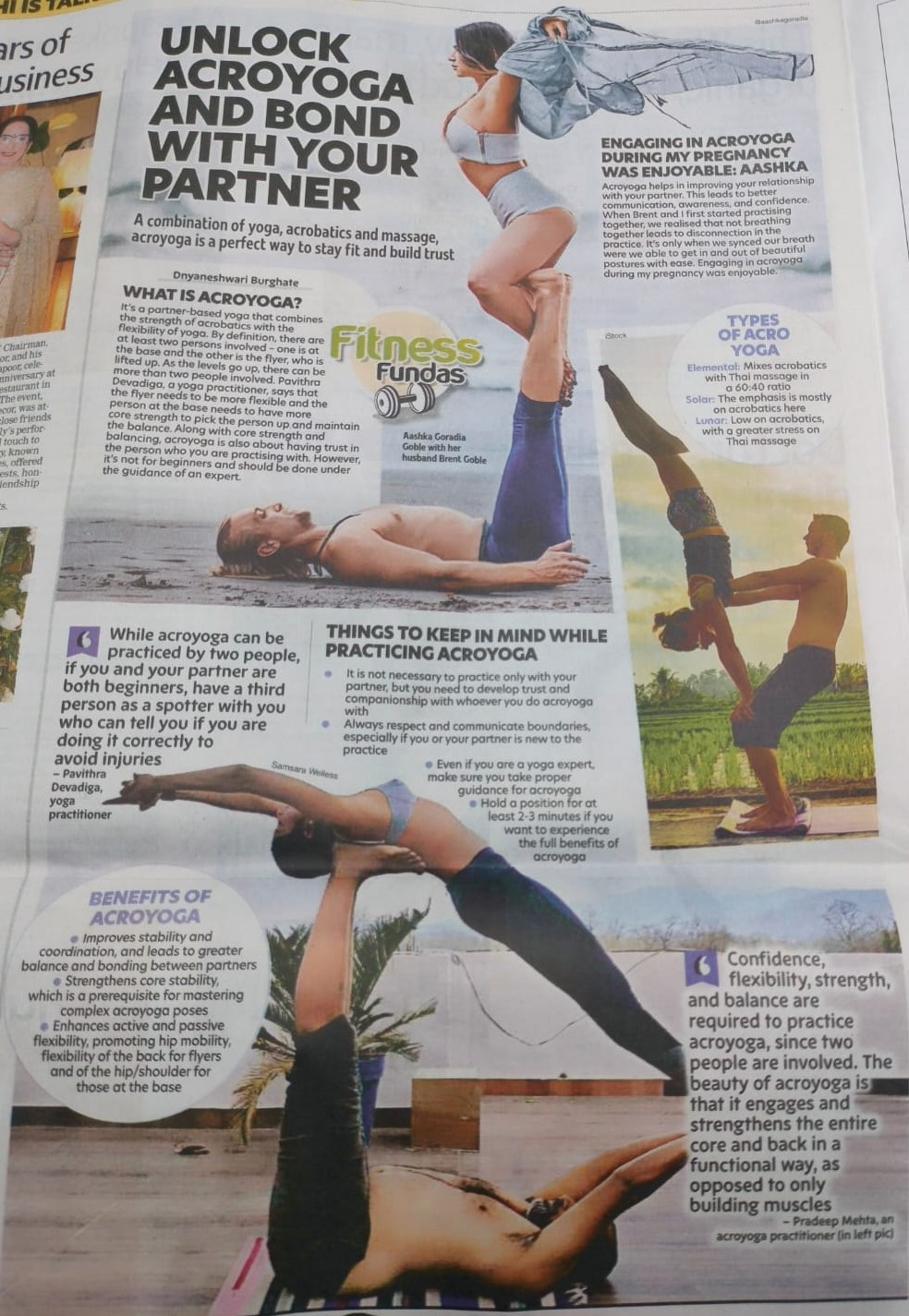Introduction:
In a world filled with hustle and bustle, finding meaningful ways to connect with your partner is essential. If you’re tired of the same old date nights and want to take your relationship to new heights – literally – then it’s time to unlock the magic of AcroYoga. This dynamic and exhilarating practice not only challenges your physical abilities but also strengthens the emotional bond with your partner. Join me on a journey to discover the transformative power of AcroYoga and how it can take your relationship to soaring new heights.
Section 1: What is AcroYoga?
AcroYoga is a unique blend of acrobatics, yoga, and Thai massage, creating a synergy of balance, trust, and communication between partners. It’s not just a physical activity; it’s a shared experience that fosters connection on multiple levels. The practice involves one partner acting as the “base,” providing stability and strength, while the other partner becomes the “flyer,” balancing and flowing through various poses. The third crucial element is the “spotter,” ensuring safety and offering additional support.
Section 2: Building Trust and Communication
The foundation of any successful relationship is trust and communication, and AcroYoga excels in enhancing these crucial aspects. As you learn to rely on your partner for support in challenging poses, a profound sense of trust naturally develops. Clear communication becomes imperative as you guide each other through sequences, fostering a deeper understanding of each other’s needs and strengths.
Section 3: Playfulness and Joy
AcroYoga injects an element of playfulness and joy into your relationship. The practice encourages partners to let go of inhibitions, be vulnerable, and embrace the joy of shared accomplishments. The laughter and smiles that accompany mastering a new pose create lasting memories and strengthen the emotional connection between partners.
Section 4: Physical and Mental Benefits
Beyond the emotional connection, AcroYoga offers a myriad of physical and mental benefits. The practice improves flexibility, strength, and balance for both partners. Additionally, the concentration required during the practice acts as a mindfulness exercise, allowing couples to escape the stressors of daily life and be fully present with each other.
Conclusion:
Unlocking AcroYoga is more than just mastering impressive poses; it’s about unlocking a deeper connection with your partner. The shared challenges, triumphs, and the sheer joy of the practice create a unique bond that can transform your relationship. So, grab your partner’s hand, step out of your comfort zone, and soar to new heights together with AcroYoga. Your relationship deserves the adventure!










